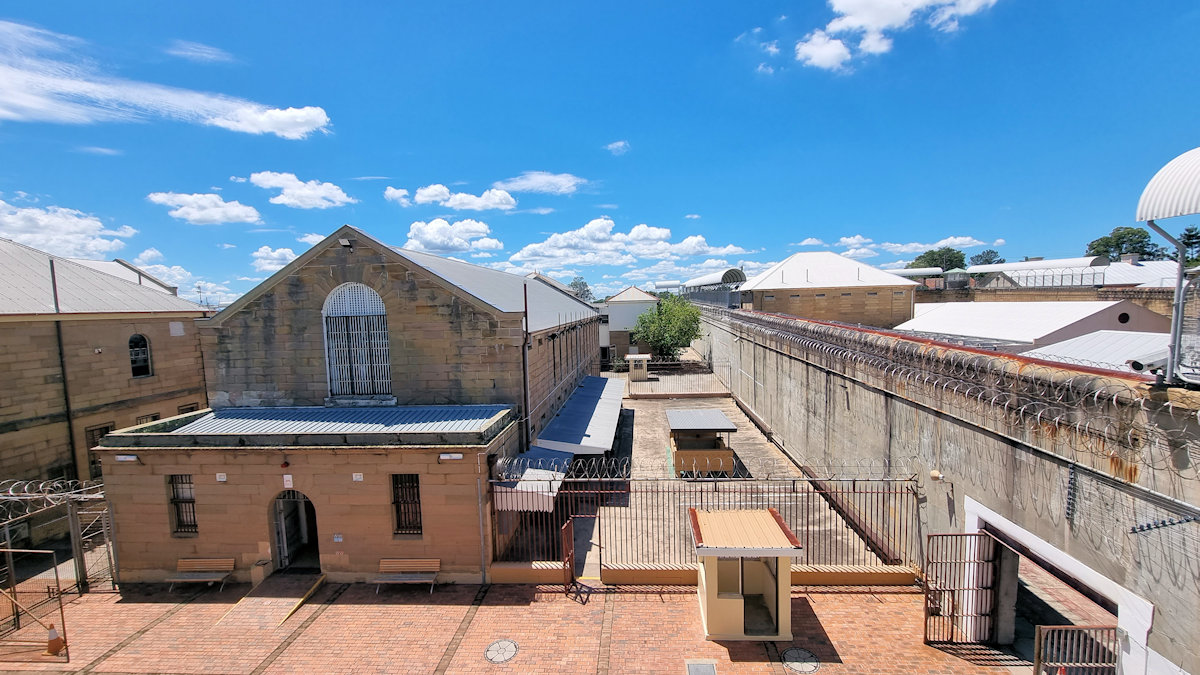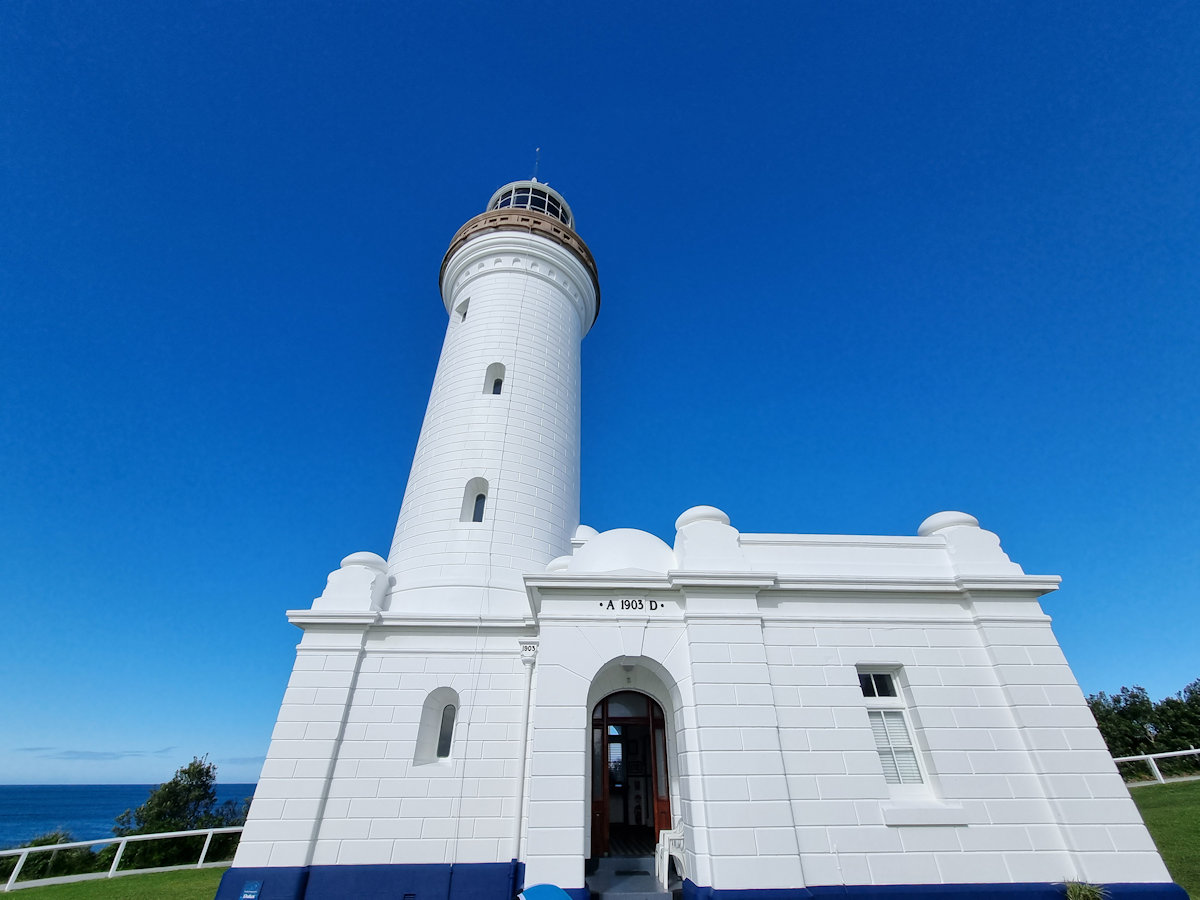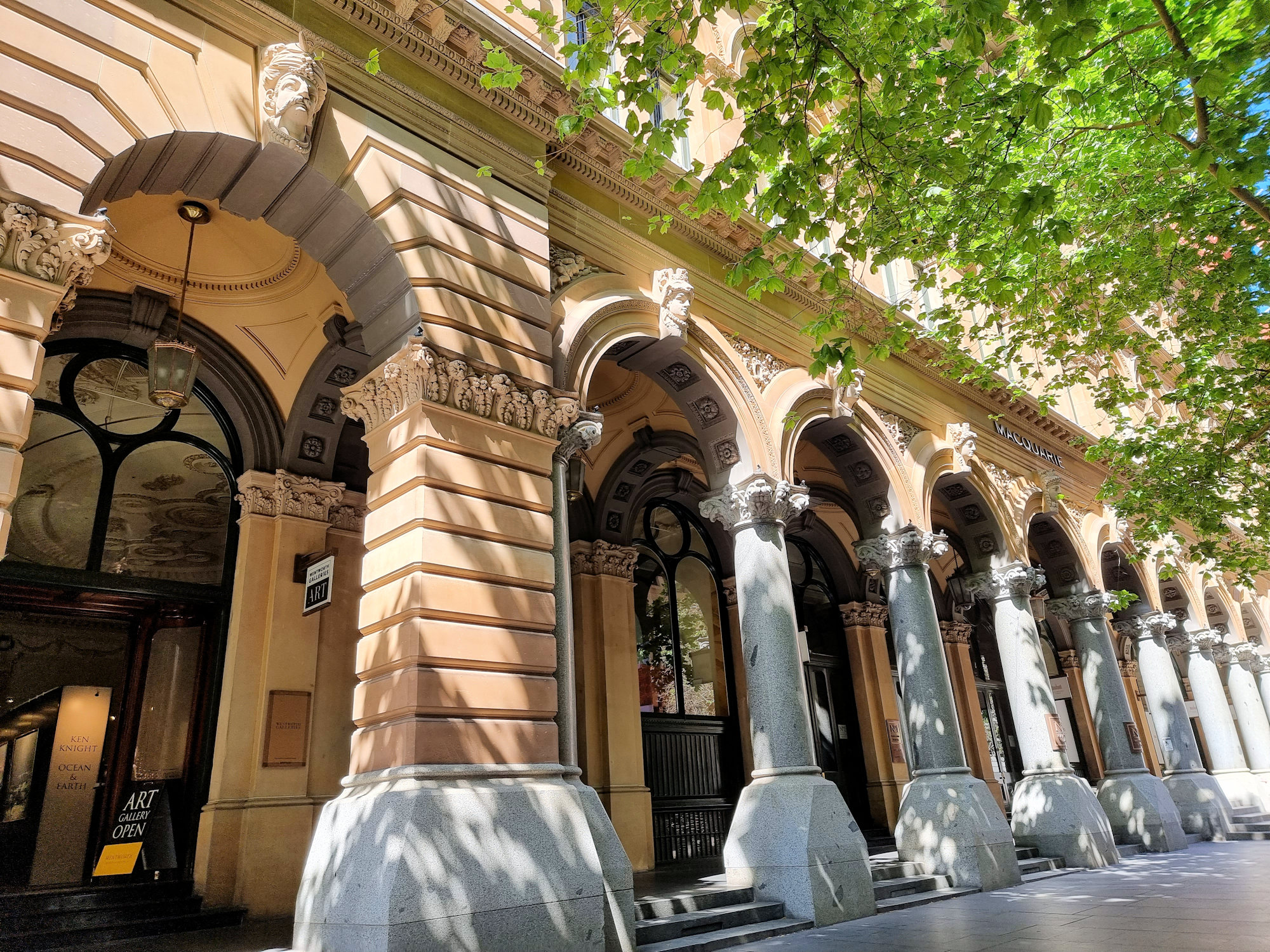Tag: guided tour
-
Maitland Gaol NSW Australia

Maitland Gaol NSW Australia Although outdated and no longer in use, the Maitland Gaol in NSW Australia is now a tourist attraction. Several options are available when visiting, guided tours, self guided tours or a guard tower tour. We chose the last option, as this takes you up onto the walls of the gaol, providing… Read more
-
Norah Head Lighthouse

Norah Head Lighthouse Located at Norah Head on the Central Coast, New South Wales, Australia, Norah Head Lighthouse is still active after 120 years of operation. Built in 1903 it was the last lighthouse of the James Barnet style constructed. The lighthouse is 27 metres (89 ft) high and has a light characteristic of two… Read more
-
Fullerton Hotel Post Office Building

Fullerton Hotel Post Office Building Originally Sydney’s Post Office (GPO), this beautiful building has been repurposed into the Fullerton Hotel. Completed in 1891 after 25 years of construction, it served as the GPO until 1996 when the main post office relocated. Instead, Australia Post operate a smaller Postal Shop from the George Street end of… Read more